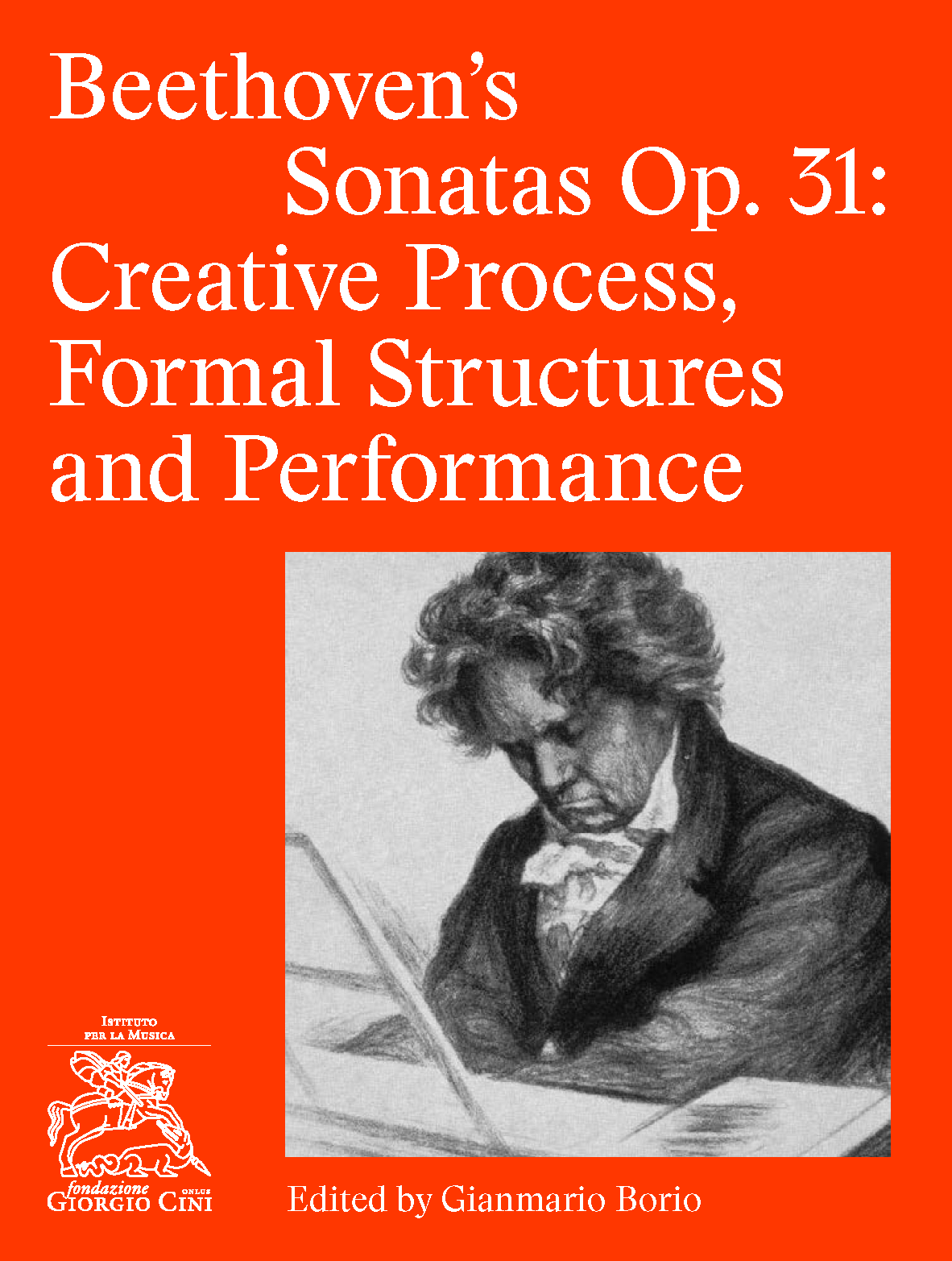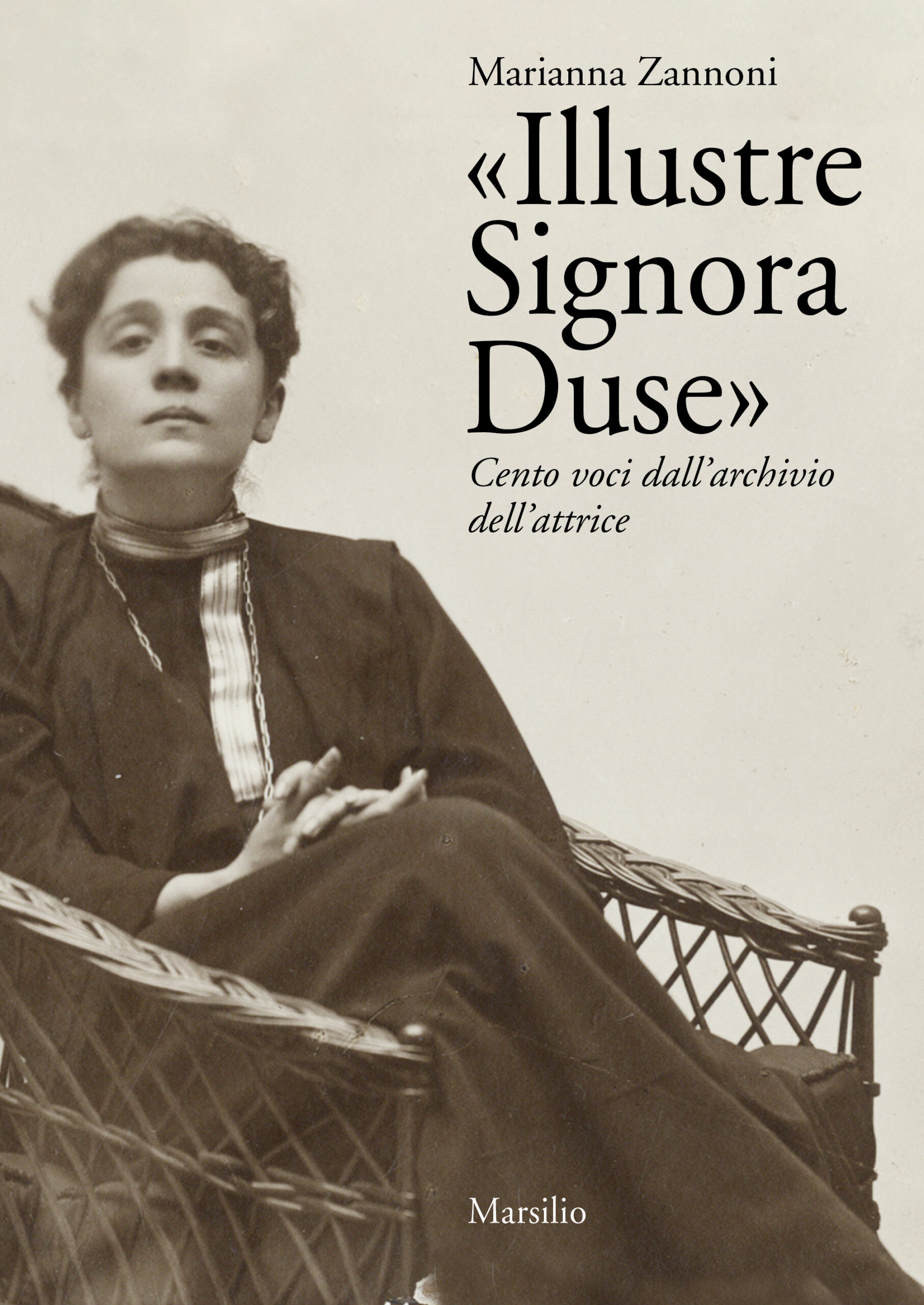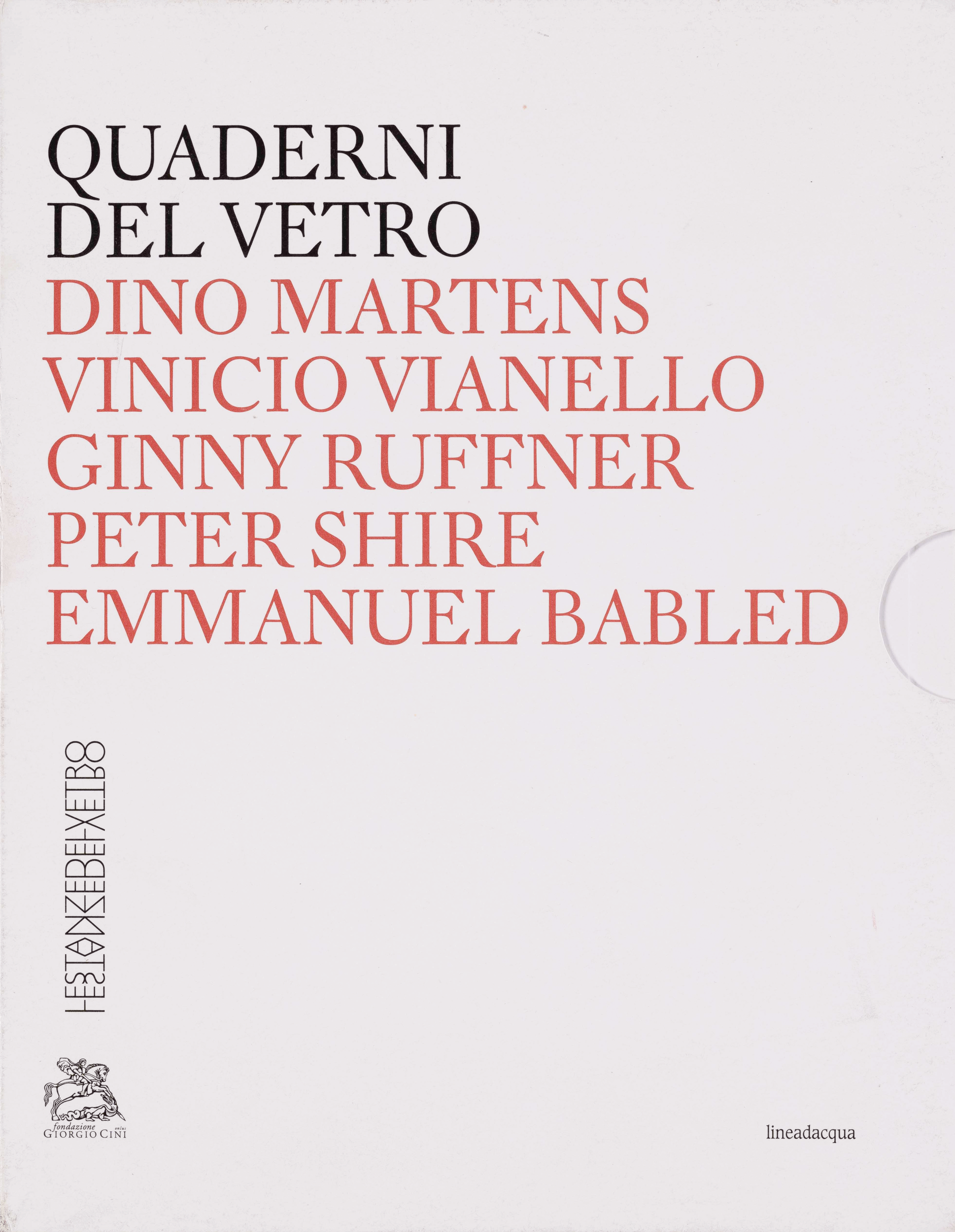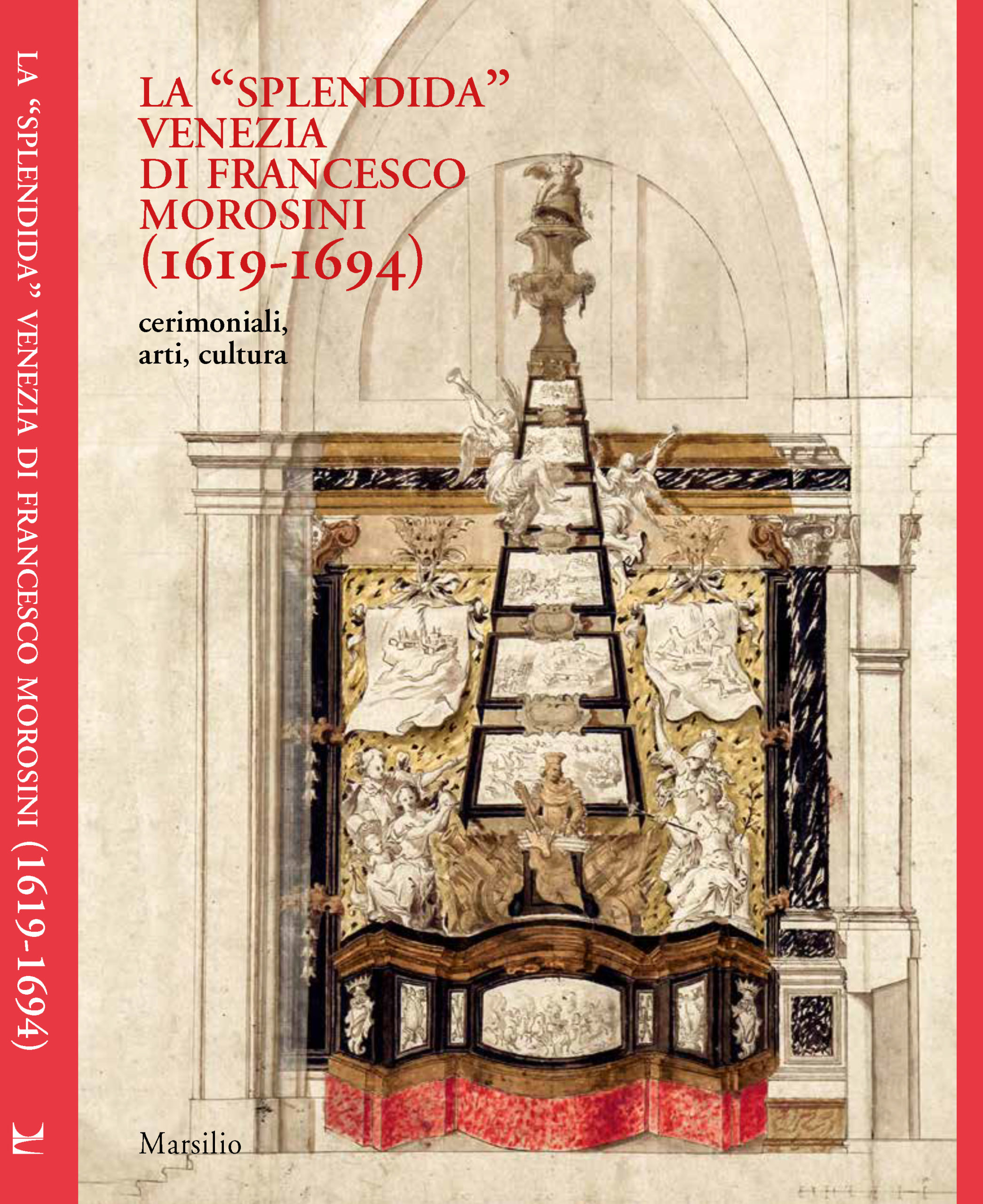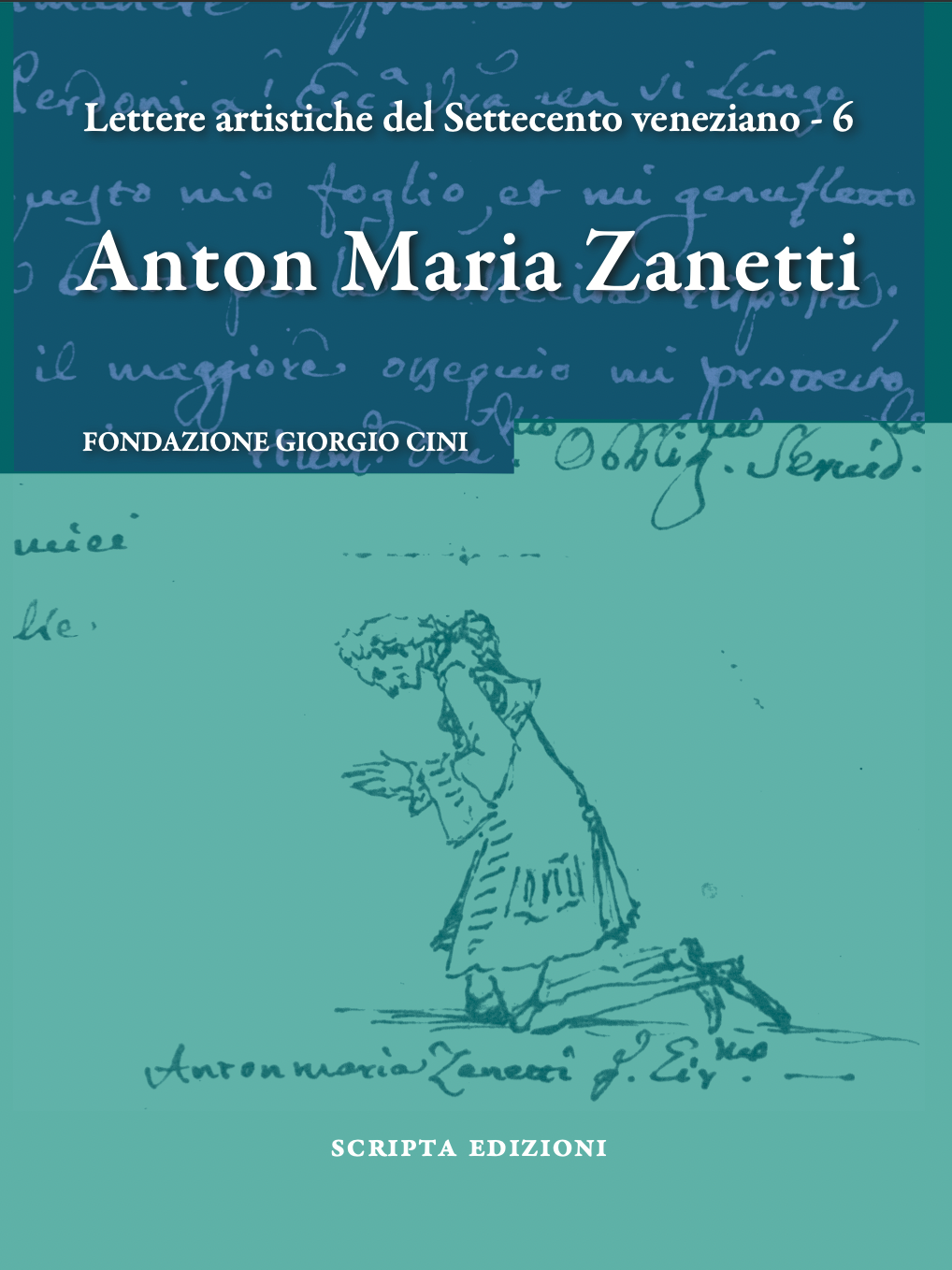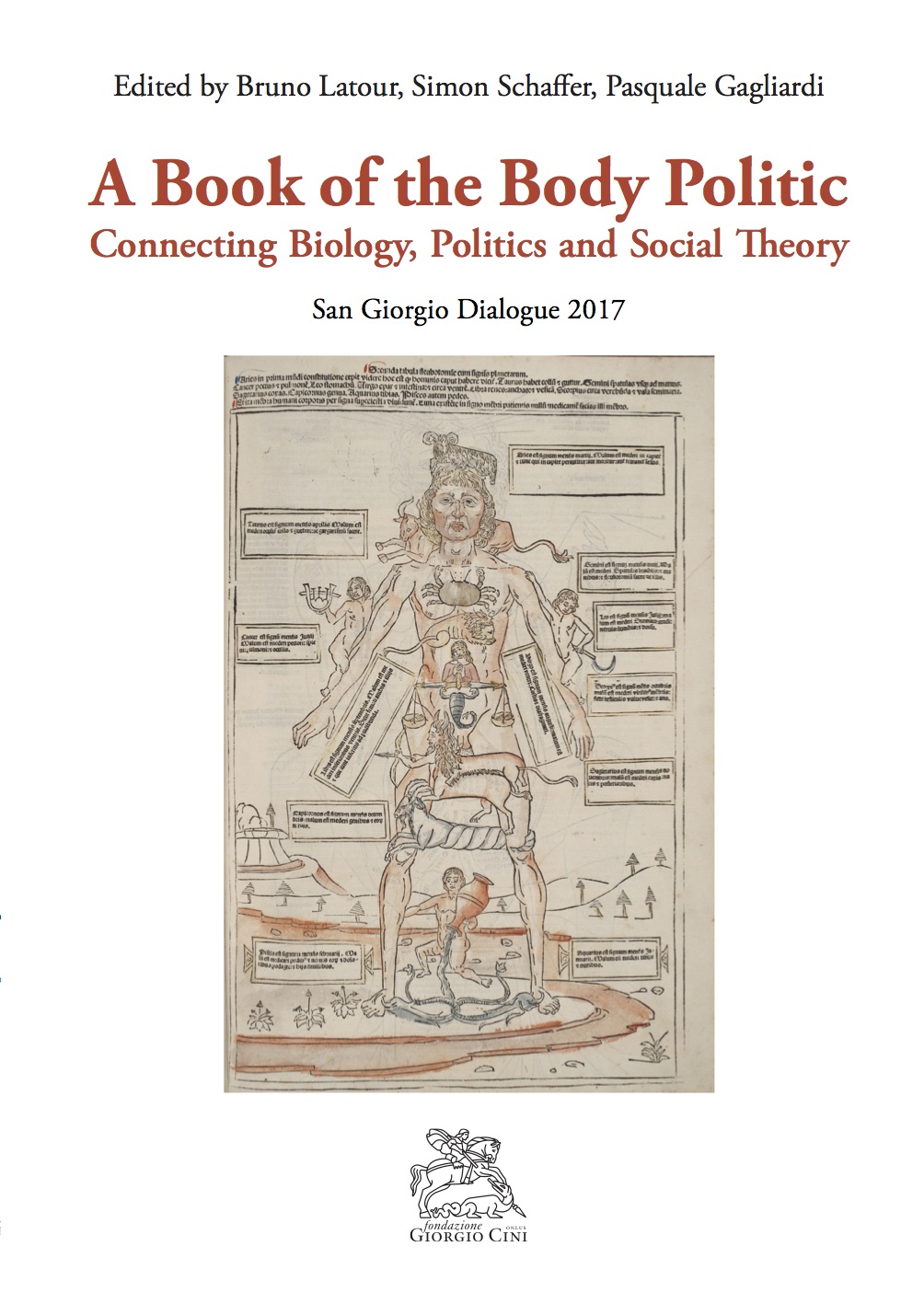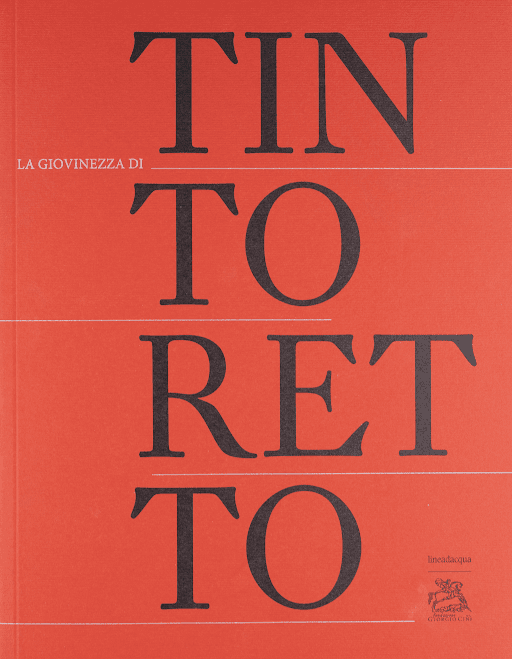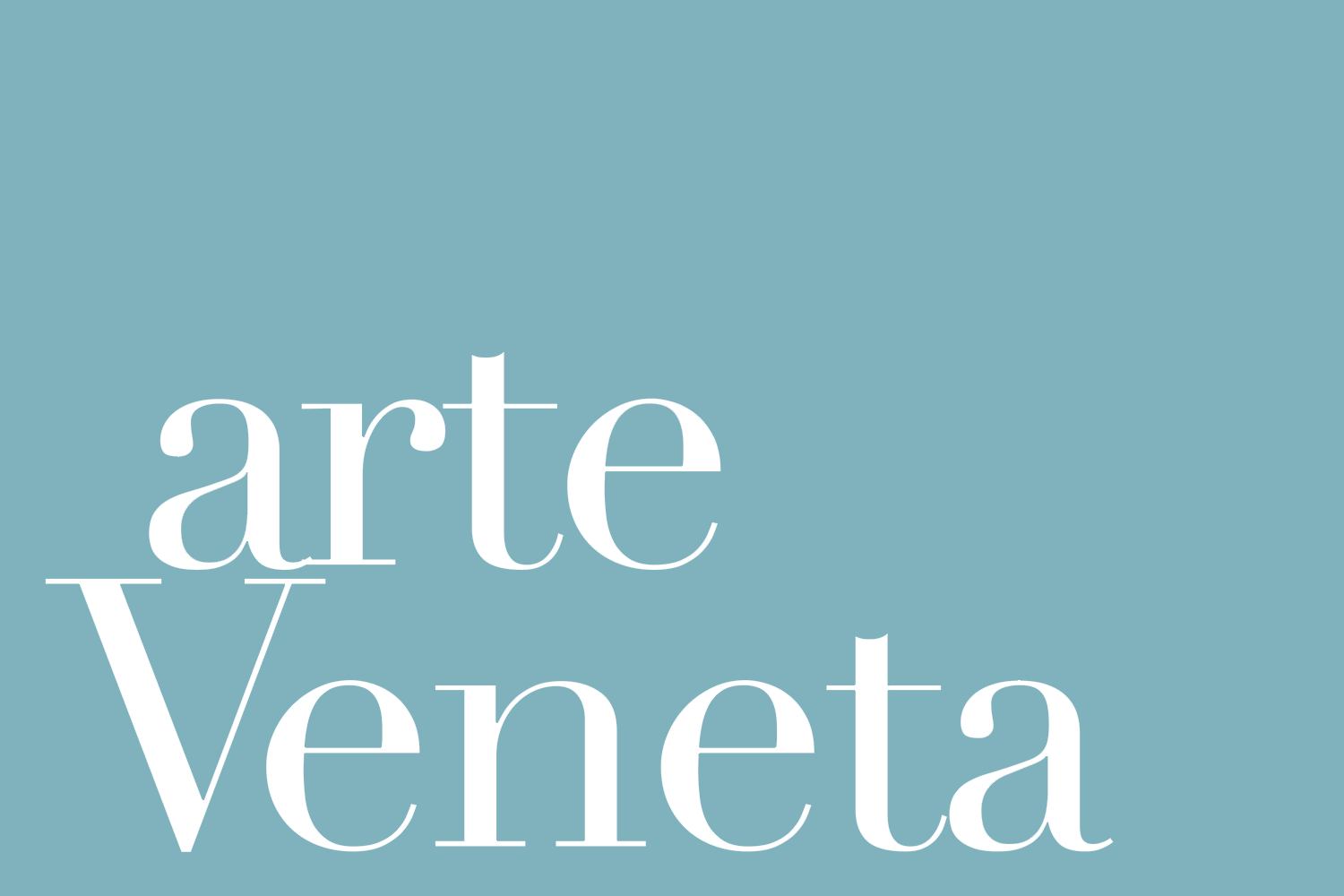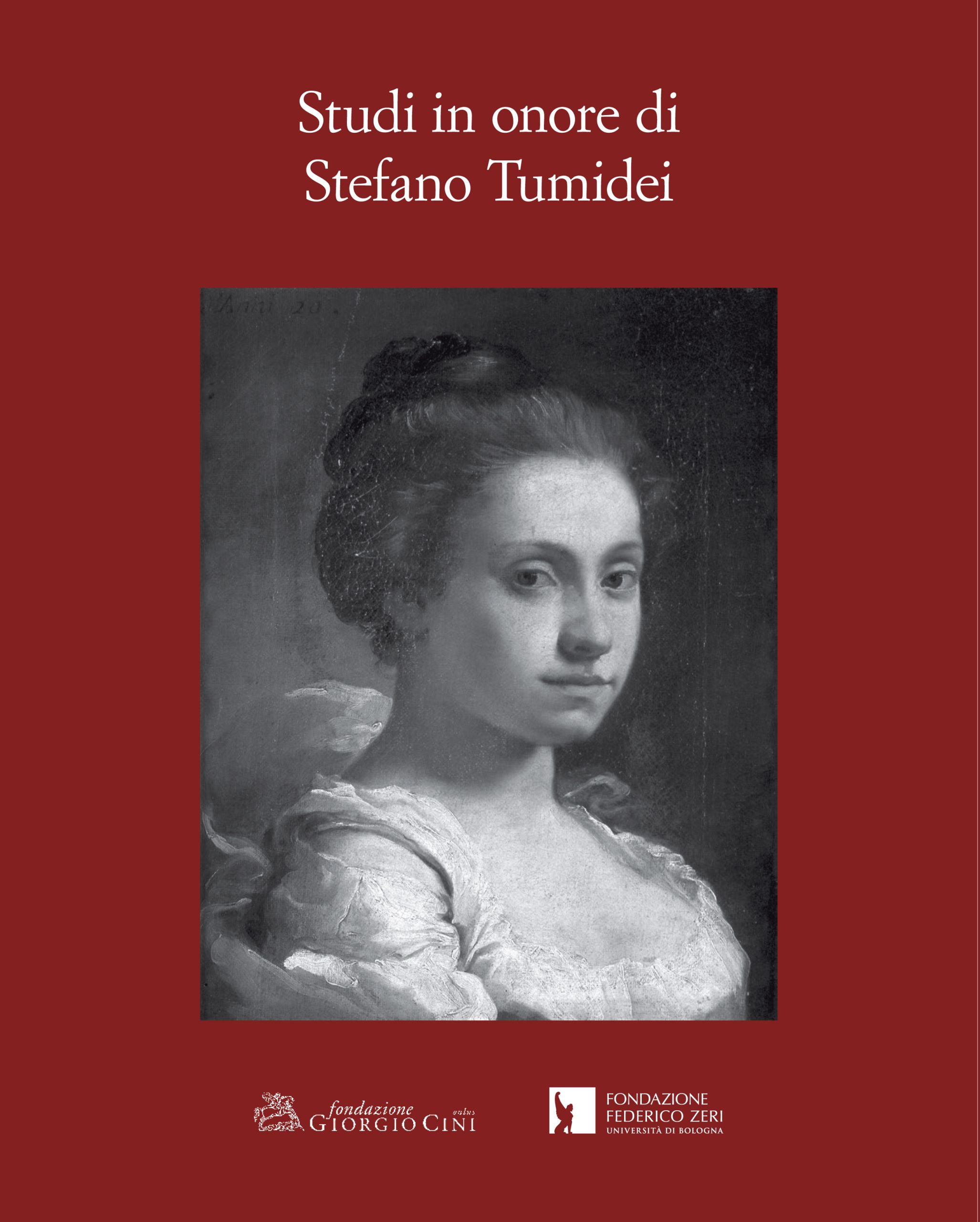The Institute for Music continues its online publishing activities on the Open Monograph Press platform of the Fondazione Giorgio Cini.
Beethoven’s Sonatas Op. 31: Creative Process, Formal Structures and Performance
The three piano sonatas Opus 31, which even at the time of their publication and first performances were described as works of “great style”, reveal significant deviations from the formal models that Beethoven himself had helped to consolidate. Carl Czerny regarded them as key evidence of the “new way” that the composer had indicated as necessary for his artistic evolution. The fact that they were composed at the same time as the Third Symphony (Eroica) and the Heiligenstadt Testament further underlines their significance. The peculiar structure of the themes and the ambiguity of the formal functions, which emerge most clearly in the second sonata (The Tempest), reveal a propensity for experimentation that has posed almost insurmountable challenges to generations of performers and theorists. This book is the final outcome of a project that began in 2021 with a workshop where studies by musicologists came to grips with issues of performance practices on both the fortepiano and modern piano. As well as an interview with Andreas Staier, the pianist who coordinated the practical sessions of the workshop, there are essays by Gianmario Borio (on the history of the analyses of these sonatas), Hans Joachim Hinrichsen (on styles of interpretation), Janet Schmalfeldt (on compositional technique) and Martina Sichardt (on the sources of the genesis).
